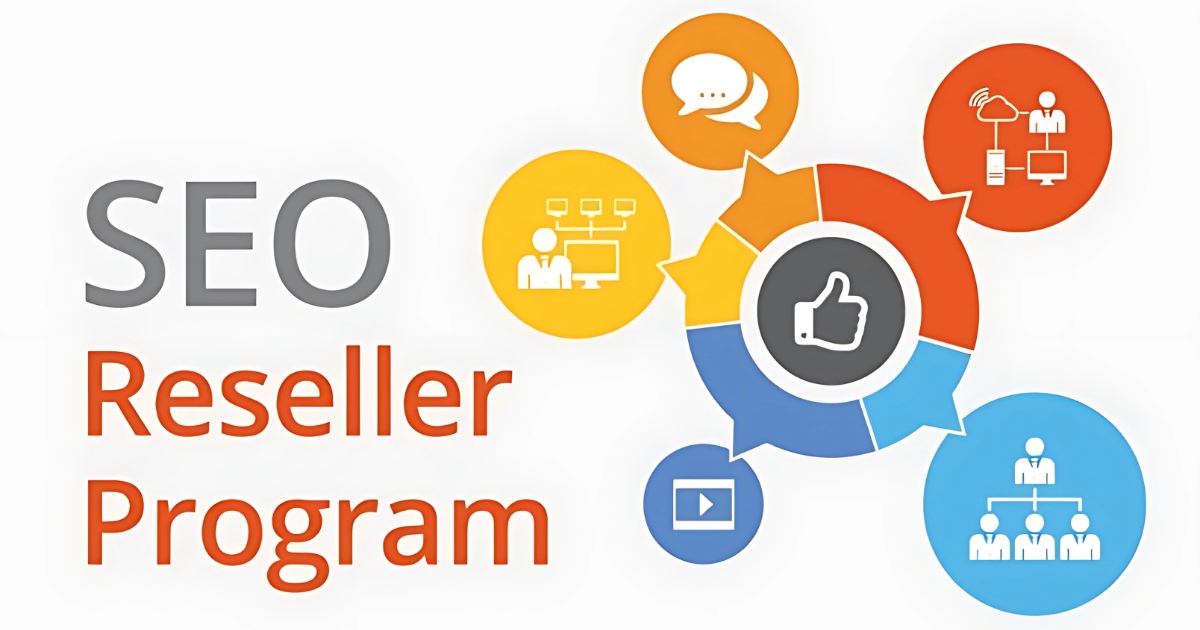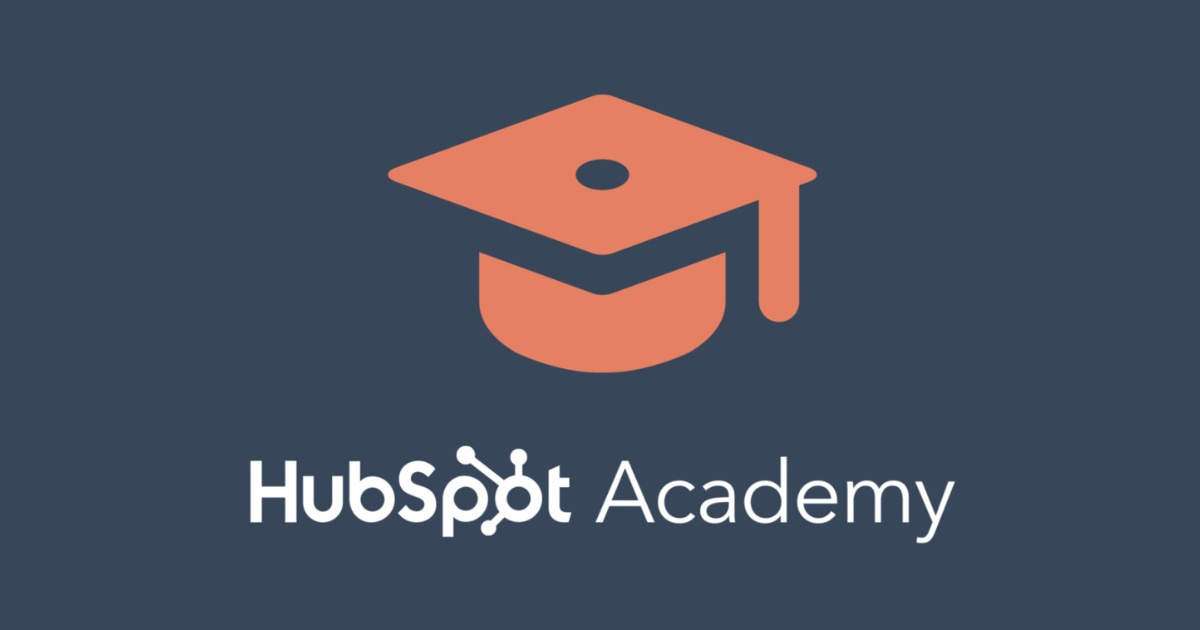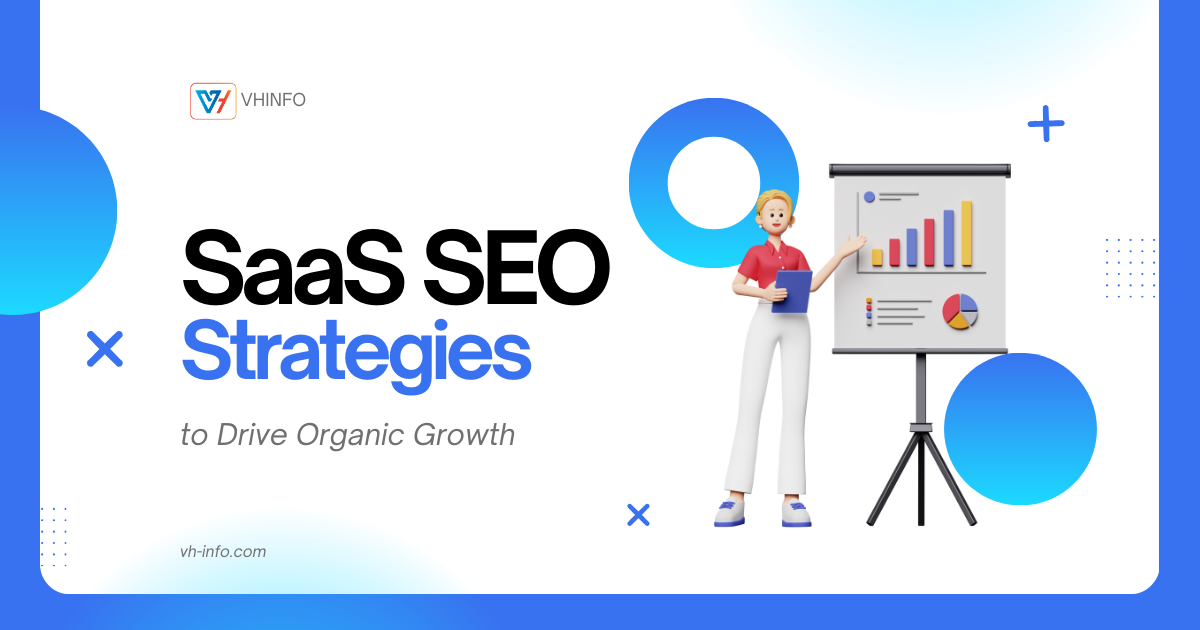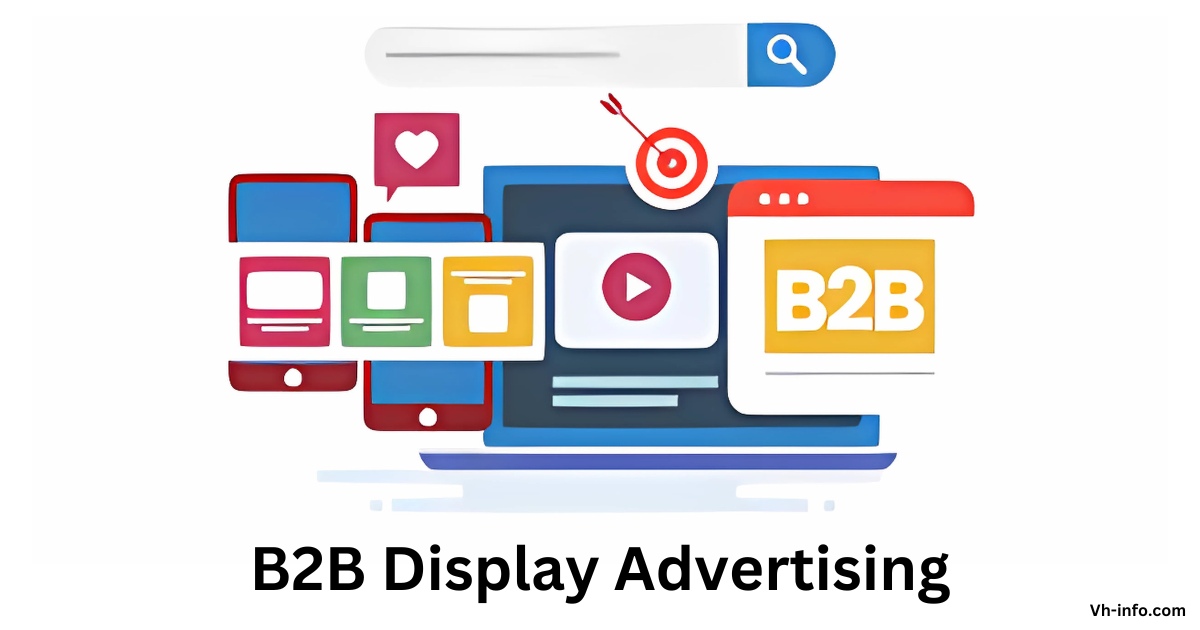
SEO Reseller Program: Step-By-Step Start Guide For Beginners
As a digital marketing agency, you’re constantly seeking ways to expand your service offerings, boost revenue, and deliver results for

SEO Reseller Program: Step-By-Step Start Guide For Beginners
As a digital marketing agency, you’re constantly seeking ways to expand your service offerings, boost revenue, and deliver results for

12 Best Link Building Courses In 2025: Build Backlinks Like A PRO
In today’s competitive digital landscape, mastering link building is essential for enhancing your search engine rankings and driving targeted traffic

HubSpot SEO Certification: Study Guide & Everything To Know
In today’s landscape of digital marketing, search engine optimization (SEO) stands as a cornerstone for achieving online success. For business

SaaS Marketing Certification: Best Courses For Founders & Teams
Are you aiming to thrive in the competitive SaaS industry? A SaaS marketing certification course can equip you with the

B2B SaaS Marketing Budget: Breakdown & Allocation Guide
Creating a saas marketing budget can feel like a complex task, but with the right approach, it can drive significant

SaaS SEO Strategies to Drive Organic Growth
Optimizing search engine visibility for SaaS businesses differs from SEO tactics used for e-commerce platforms or blogs because it involves

B2B Churn Rate Benchmarks For SaaS Companies [Updated For 2025]
In the competitive landscape that SaaS companies operate within, customer churn is a critical metric impacting customer retention and sustainable

B2B SaaS Onboarding: What is it, Importance, Checklist & Examples
In the competitive landscape of B2B SaaS, a positive onboarding experience is critical for product adoption and long-term customer success.

Supercharge Your Social Media Engagement With QR Codes
With so many social media channels to keep on top of, it can be difficult to balance them all and

B2B Display Advertising 2025: Meaning, Importance, Types & Trends
In today’s fast-paced digital marketing landscape, B2B companies are constantly seeking effective ways to reach their target audience and generate
WHAT WE
3rd floor, VHinfo, QRXG+CG9 Capital Market, Canal Rd, chokdi, Ravapar, Morbi, Gujarat 363641
VH-info © 2025 | All Rights Reserved